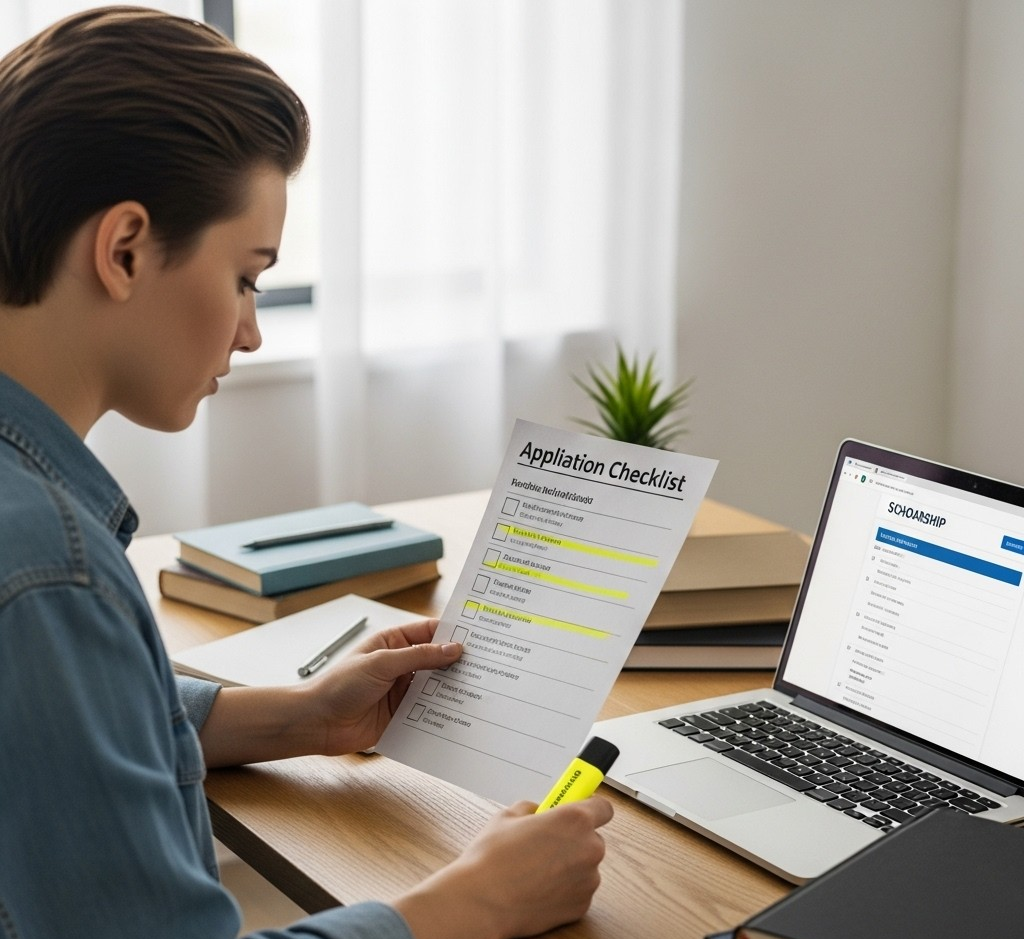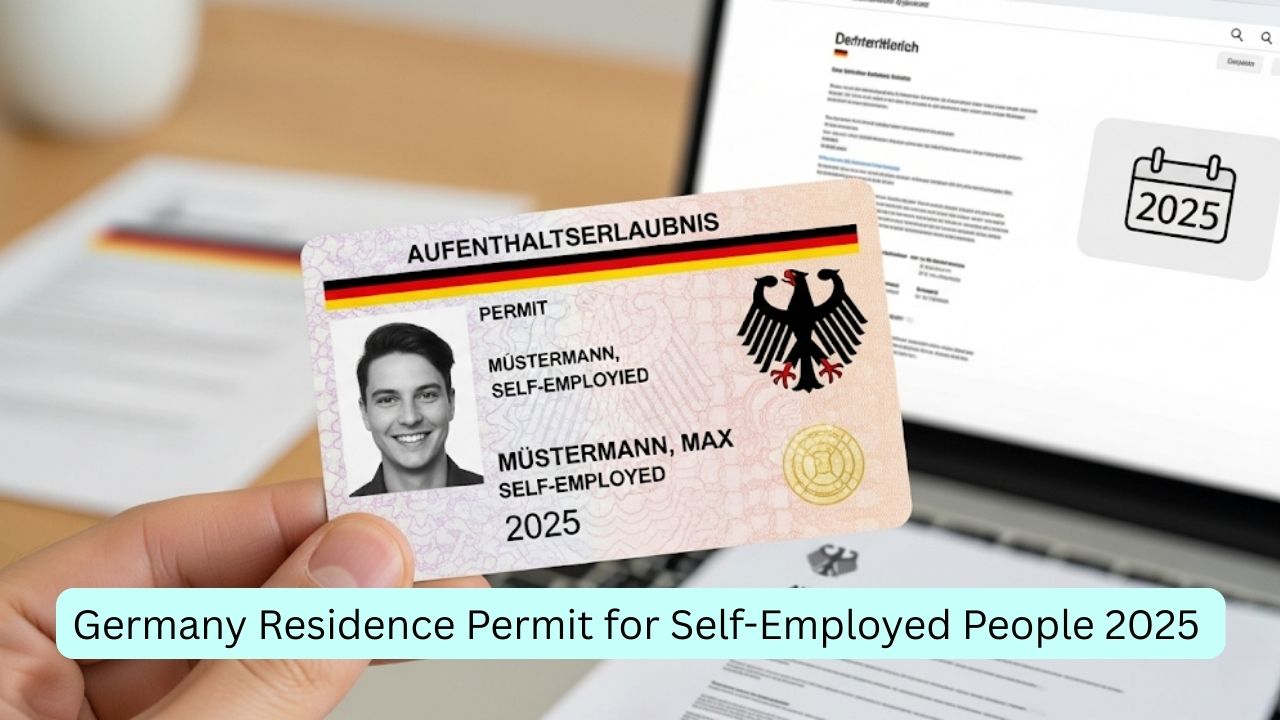Dreaming of pursuing your education in Germany but worried about the financial hurdles? You’re not alone. Many aspiring international students find themselves in this exact position. The good news is, Germany offers a wealth of scholarships, particularly fully funded options, designed to support talented individuals like you. Navigating the application process, however, can feel overwhelming. That’s precisely why a robust German Scholarship Application Study Plan is your ultimate tool for success. In my experience advising students, one common hurdle is simply knowing where to start and how to manage the many intricate steps involved. This guide will provide you with a clear, actionable roadmap, helping you understand and successfully navigate the journey to securing your dream scholarship in Germany.

Phase 1: The Foundation – Research & Self-Assessment (Months 1-2)
Before you even think about writing, a thorough understanding of the landscape is crucial. This initial phase is all about deep dives and honest self-assessment.
1. Identify Your Scholarship Targets
Germany boasts a diverse range of scholarships. The most prominent is the German Academic Exchange Service (DAAD), offering numerous programs for various study levels and fields [https://www.daad.de/en/]. However, don’t limit yourself! Universities, research institutions, and even political foundations offer excellent opportunities.
- DAAD Scholarship Guide: Begin by exploring the official DAAD website. Their database is comprehensive and user-friendly, allowing you to filter by country of origin, subject area, and degree level. Pay close attention to eligibility criteria, application deadlines, and required documents for each program that interests you.
- University-Specific Scholarships: Many German universities offer their own scholarships to attract international talent. Once you have a shortlist of programs or universities, check their international office websites..
2. Understand Eligibility and Requirements
This step cannot be overstated. Every scholarship has unique criteria.
Are you from an eligible country? Do you meet the academic requirements (GPA, previous degrees)? Is your German language proficiency sufficient, or is the program taught in English?
For instance, many DAAD scholarships require a strong academic record, typically in the top 10-20% of your graduating class, and often specific language skills depending on the program of study [https://www2.daad.de/deutschland/stipendium/voraussetzungen/en/].

3. Assess Your Profile & Academic Fit
Be honest with yourself. Does your academic background, professional experience, and extracurricular involvement align with the scholarship’s goals? Scholarship committees look for candidates who not only meet the requirements but also demonstrate a genuine interest in their chosen field and a clear vision for their future.
- Academic Transcripts: Gather all your academic records. Ensure they are officially translated into English or German if needed.
- Language Certificates: If applying for English-taught programs, a TOEFL or IELTS score is usually mandatory. For German-taught programs, a Goethe-Zertifikat or TestDaF is often required. Start preparing for these exams early if you don’t already have valid scores.
Phase 2: The Preparation – Gathering & Crafting (Months 3-4)
With your target scholarships identified, it’s time to compile and refine your application materials. This phase requires meticulous attention to detail and strong writing skills.
1. Request Letters of Recommendation
Identify professors or employers who know you well and can speak to your academic abilities, professional skills, and character. Reach out to them well in advance, providing them with:
- Your CV/Resume
- A brief summary of the scholarship you’re applying for and why it’s a good fit
- Your statement of purpose/motivation letter draft (even if incomplete)
- The recommendation letter guidelines from the scholarship provider
- The deadline for submission
Give them at least 3-4 weeks to write the letter. Follow up politely if needed.
2. Craft Your CV/Resume
Your CV should be clear, concise, and tailored to the German academic standard, which often emphasizes academic achievements and publications more than some other countries.
- Highlight relevant academic projects, research experience, internships, and volunteer work.
- Use action verbs and quantify your achievements whenever possible.
- Keep it concise, typically 1-2 pages.
3. Master the Motivation Letter/Statement of Purpose
This is arguably the most crucial part of your application. It’s your chance to tell your story, explain your aspirations, and convince the committee why you deserve the scholarship. This section is vital for any DAAD scholarship guide.
- Be Specific: Why this particular program? Why Germany? How does it align with your future goals?
- Show, Don’t Just Tell: Instead of saying “I am highly motivated,” provide examples of situations where you demonstrated motivation.
- Highlight Fit: Connect your past experiences and skills to the scholarship’s objectives and the chosen program’s curriculum.
- Proofread Meticulously: Typos and grammatical errors can severely undermine your application. Have multiple people review it.

Phase 3: Submission & Follow-Up (Month 5+)
The final leg of your journey involves submitting your application and patiently awaiting a response.
1. Online Application Portals
Most German scholarship applications are submitted online. Familiarize yourself with the portal well before the deadline.
- Start Early: Don’t wait until the last minute. Technical glitches can happen.
- Upload High-Quality Scans: Ensure all your documents are scanned clearly and correctly oriented.
- Double-Check Everything: Verify that all fields are filled accurately and all required documents are attached.
2. Prepare for Interviews (If Applicable)
Some scholarships, especially those for PhD programs or highly competitive master’s programs, may include an interview phase.
- Research: Understand the program thoroughly and be ready to articulate your research interests (if applicable).
- Practice: Rehearse answering common interview questions about your motivations, academic background, and future plans.
- Language: Be prepared to conduct the interview in the language of instruction for your chosen program (English or German).
3. Track Your Application
Once submitted, most portals will allow you to track the status of your application. While patience is key, keep an eye out for any requests for additional information.
Crafting Your AI-Powered Resume: Your Ticket to Job, Internship, and Scholarship Success
DAAD PhD Scholarships 2026 for Ancient Languages and Texts in Berlin
FAQ
Q1: What is the average GPA required for German scholarships?
A: While there’s no single average, most competitive German scholarships, especially those for fully funded scholarships Germany, look for academic excellence. A GPA equivalent to a German “gut” (good) or “sehr gut” (very good), typically a 3.0 out of 4.0 or higher, is often expected. However, specific requirements vary by scholarship and program.
Q2: Can I apply for a DAAD scholarship if I don’t speak German?
A: Yes, many DAAD scholarships are offered for English-taught master’s and PhD programs. However, for programs taught in German, strong German language proficiency (usually B2 or C1 level) is a mandatory requirement. Always check the specific scholarship’s language requirements.
Q3: How important are extracurricular activities for a German scholarship application?
A: While academic excellence is paramount, extracurricular activities, volunteer work, and professional experience can significantly strengthen your application, especially for scholarships offered by foundations. They demonstrate your commitment, leadership skills, and broader engagement, making your profile more well-rounded and appealing to the committee.










